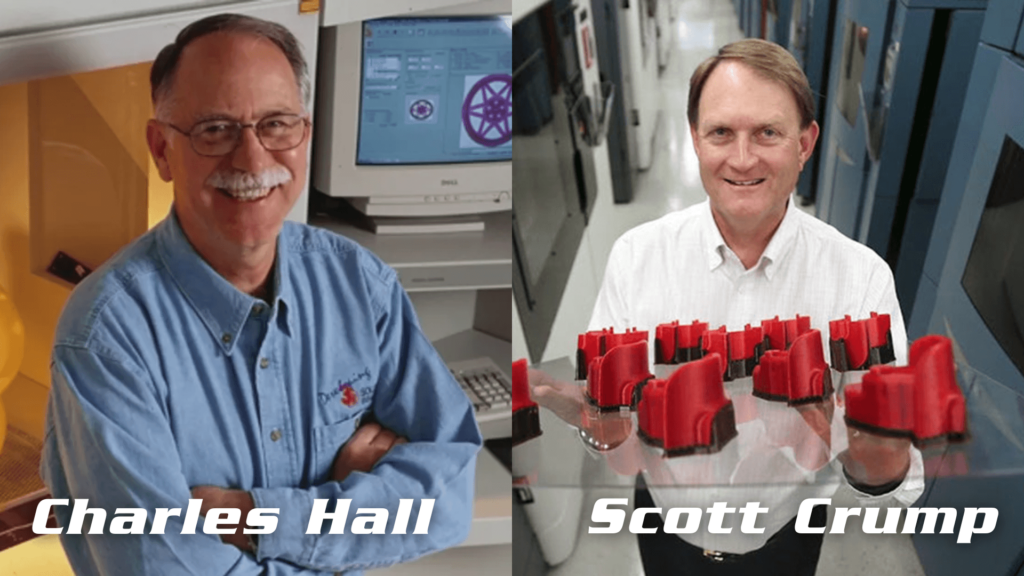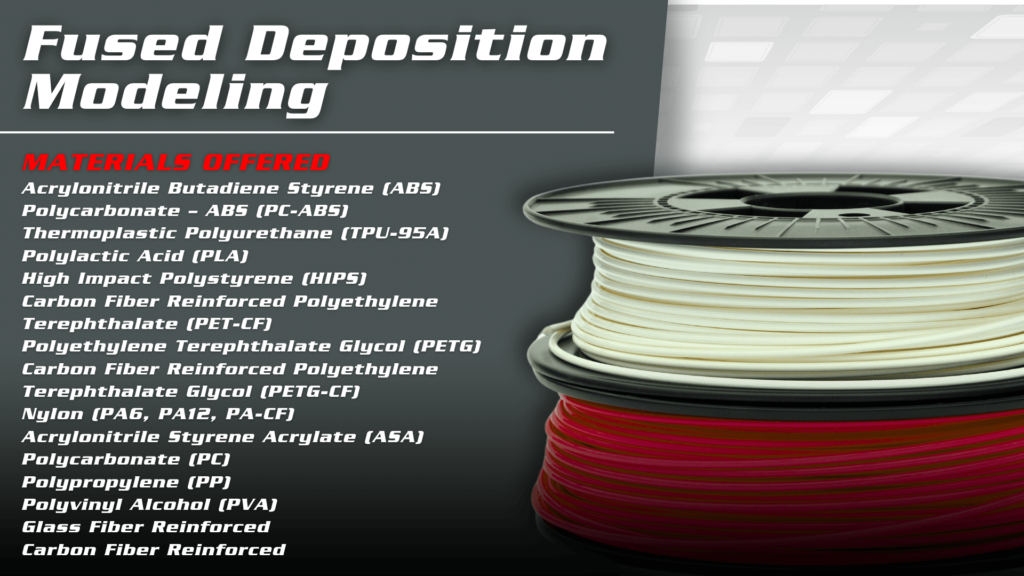The story of 3D printing begins in the 1980s with Charles (Chuck) Hull, who revolutionized manufacturing by inventing stereolithography (SLA). Hull’s pioneering work laid the foundation for the intricate and versatile 3D printing systems we rely on today. But the journey to modern industrial 3D printing solutions was far from straightforward, filled with technical hurdles and innovative breakthroughs. Let’s dive into the history of 3D printing and explore its innovative uses across industries and the world.
The Birth of Revolutionary Technology
Chuck Hull’s invention of stereolithography in 1983 marked a turning point for manufacturing. By using ultraviolet lasers to solidify layers of photopolymer resin, SLA opened new possibilities for rapid prototyping. Hull’s invention led to the founding of 3D Systems, one of the first companies to commercialize 3D printing technology. The introduction of stereolithography revolutionized prototyping by significantly reducing the time and cost required to create functional models
However, the early days were not without challenges. Limited material options, high costs, and slower production times initially restricted 3D printing applications. Over time, these obstacles drove researchers and engineers to innovate further, creating more accessible and efficient methods like Fused Deposition Modeling (FDM) which would later become a cornerstone of industrial 3D printing.

Early Challenges and Milestones and Fused Deposition Modeling
The journey of 3D printing was not without its hurdles. In its early stages, the technology faced limitations in materials, speed, and scalability. However, innovation quickly followed. The introduction of Fused Deposition Modeling (FDM) in the late 1980s by S. Scott Crump marked a significant milestone. FDM, a process where thermoplastic filaments are heated and extruded layer by layer, opened new doors for accessibility and versatility in industrial 3D printing. FDM then came a game-changer in the evolution of 3D printing. Over the decades, advancements in software, hardware, and materials have pushed the boundaries of what 3D printing can achieve. Its ability to handle diverse materials and create durable components has made it an essential tool for industries worldwide. At KIMASTLE, we’ve embraced FDM to deliver innovative 3D printing solutions tailored to the unique needs of our clients.
KIMASTLE’s 3D Printing Services
As a family-owned automation leader based in Chesterfield, Michigan, KIMASTLE has been pushing boundaries in manufacturing since 1986. Initially focused on plastic assembly solutions for the automotive sector, we have expanded our expertise to include cutting-edge industrial 3D printing services and our expertise to several industries around the world. Our FDM 3D printers support a wide range of materials, including ABS, PLA, nylon, and even carbon-fiber-reinforced options, enabling us to tackle projects across aerospace, medical, energy, and more. Some options include:
- Strength and Durability: ABS, PC-ABS, Nylon
- Flexibility: TPU-95A
- Biodegradability: PLA, HIPS
- Enhanced Mechanical Properties: PET-CF, PETG, PETG-CF
- Heat and Chemical Resistance: ASA, Polycarbonate, Polypropylene
With a maximum build capacity of 16.5” x 11.75” x 15.50” and custom color options, we offer versatility and precision in every project. Whether you need prototypes, end-use parts, or functional components, KIMASTLE’s manufacturing 3D printing solutions and services are designed to deliver exceptional results.

From Prototyping to Industrial Applications
The versatility of FDM allows us to address diverse challenges across industries. For example, aerospace clients benefit from high-strength, lightweight components, while medical partners rely on biocompatible materials for advanced devices. By leveraging our advanced equipment and material expertise, KIMASTLE continues to redefine what’s possible with manufacturing 3D printing.
Shaping the Future
From Chuck Hull’s groundbreaking SLA invention to the rise of FDM, 3D printing has evolved into a cornerstone of modern manufacturing. KIMASTLE proudly carries this legacy forward, blending state-of-the-art technology with our commitment to empower businesses to achieve greater productivity and precision. To learn more about our 3D printing services, including our range of materials and capabilities, visit our blog on Fused Deposition Modeling.
Ready to bring your ideas to life with industrial 3D printing? Learn more about KIMASTLE’s comprehensive services and request a quote today. Let’s create something remarkable together.




